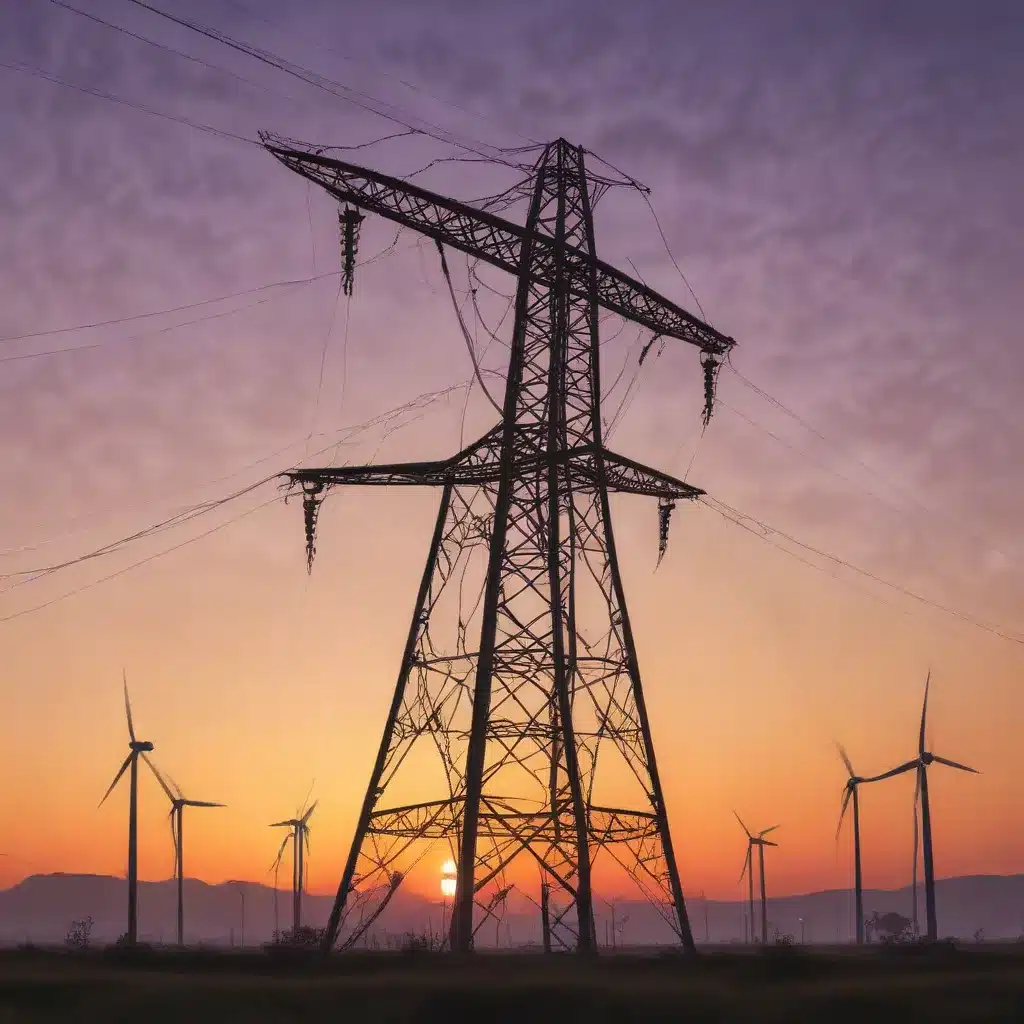
The European energy landscape is undergoing a transformative shift, pivoting toward a future powered by decentralized energy systems. As we strive to achieve ambitious climate goals and enhance energy security, the integration of cutting-edge technologies and innovative policy frameworks is crucial in overcoming the technical challenges that have long plagued the centralized energy paradigm.
Technological Advancements Driving the Decentralization Revolution
Renewable Energy Integration: The rapid growth of solar, wind, and other distributed renewable energy sources has been a driving force behind the decentralization of energy systems. These modular and scalable technologies enable local energy generation, empowering communities and businesses to take control of their energy needs. The increasing affordability and efficiency of photovoltaic systems, wind turbines, and energy storage solutions have made renewable energy a viable option for a wide range of applications, from residential rooftops to industrial-scale installations.
Energy Storage Solutions: The integration of advanced battery storage technologies, hydrogen fuel cells, and thermal storage systems has been a game-changer in the decentralized energy landscape. These solutions enable the effective management of energy supply and demand, allowing for the seamless integration of intermittent renewable sources and the optimization of energy consumption. Innovations in redox flow batteries, solid-state lithium-ion batteries, and power-to-X technologies have further enhanced the versatility and scalability of energy storage systems.
Smart Grid Technologies: The deployment of smart grid infrastructure, including intelligent metering, digital control systems, and advanced communication networks, has been instrumental in facilitating the integration of decentralized energy resources. These technologies enable real-time monitoring, automated control, and bidirectional energy flow, empowering consumers and prosumers to actively participate in the energy ecosystem. The integration of blockchain and artificial intelligence within smart grids has further enhanced the transparency, security, and efficiency of decentralized energy transactions.
Operational Efficiency: Optimizing Decentralized Energy Systems
Distributed Generation Management: The proliferation of distributed energy resources (DERs), such as rooftop solar, micro-wind turbines, and combined heat and power (CHP) systems, has necessitated the development of advanced control and optimization algorithms. These distributed generation management strategies ensure the seamless integration of DERs into the grid, optimizing energy production, consumption, and storage to minimize losses and maximize efficiency.
Demand-Side Optimization: Decentralized energy systems have also enabled a greater focus on demand-side management, where consumers and prosumers actively participate in energy optimization. Demand response programs, dynamic pricing models, and smart home technologies empower end-users to adjust their energy consumption patterns, responding to real-time market conditions and grid requirements. This synergistic approach between supply and demand optimization is crucial for balancing the energy ecosystem and enhancing overall system resilience.
Grid Flexibility Strategies: To accommodate the inherent variability of renewable energy sources, decentralized energy systems have necessitated the development of innovative grid flexibility strategies. These include the deployment of flexible generation assets, energy storage solutions, and grid-interactive buildings that can dynamically adjust their energy production, consumption, and storage to maintain grid stability and reliability.
Resilience and Reliability: Safeguarding Decentralized Energy Systems
Microgrid Systems: The rise of microgrid technologies has been a pivotal development in enhancing the resilience and reliability of decentralized energy systems. Microgrids are self-contained energy networks that can operate autonomously, providing localized electricity, heating, and cooling to communities, institutions, or industrial facilities. These systems, often integrating renewable energy sources, energy storage, and advanced control systems, can seamlessly transition between grid-connected and island modes, ensuring a reliable and resilient energy supply even during grid disruptions.
Fault-Tolerant Architectures: Decentralized energy systems have also driven the adoption of fault-tolerant architectures, where the failure of individual components or subsystems does not lead to the collapse of the entire system. Innovations in distributed control algorithms, redundant communication pathways, and modular system design have enhanced the overall system resilience, ensuring that decentralized energy networks can withstand and recover from various disruptions, such as natural disasters, cyber-attacks, or equipment failures.
Dynamic Load Balancing: Decentralized energy systems have also necessitated the development of advanced load balancing strategies to maintain grid stability and reliability. These approaches leverage smart grid technologies, energy storage, and demand response mechanisms to dynamically adjust energy generation, consumption, and storage to match fluctuating demands, ensuring a balanced and resilient energy ecosystem.
Regulatory and Policy Frameworks: Enabling Decentralized Energy Transformation
Incentive Structures: The successful deployment of decentralized energy systems has been underpinned by the establishment of supportive regulatory and policy frameworks. Incentive programs, such as feed-in tariffs, net metering schemes, and tax credits, have played a crucial role in catalyzing investments and driving the adoption of distributed renewable energy technologies.
Interconnection Standards: Alongside financial incentives, the development of clear and standardized interconnection guidelines has been essential in facilitating the seamless integration of decentralized energy resources into the grid. These standards ensure the safety, reliability, and interoperability of distributed generation assets, paving the way for their widespread integration.
Compliance Mechanisms: Regulatory bodies have also introduced compliance mechanisms to ensure the responsible deployment and operation of decentralized energy systems. These include emissions regulations, energy efficiency mandates, and renewable portfolio standards that incentivize the adoption of clean, efficient, and sustainable energy solutions, further driving the decentralization of the European energy landscape.
The transition to decentralized energy systems in Europe is not without its challenges, but the remarkable advancements in renewable energy, energy storage, smart grid technologies, and supportive policy frameworks have created a fertile ground for this transformative shift. By addressing the technical obstacles and fostering an enabling environment, Europe is poised to lead the global charge toward a more resilient, sustainable, and equitable energy future. Visit the European Future Energy Forum to learn more about the latest developments and opportunities in the decentralized energy sector.







